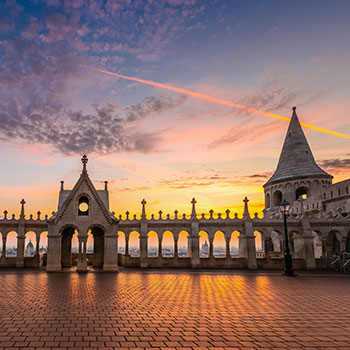
Social Sciences
Corvinus University of Budapest
Starting at $16,295
With its distinctive language, cuisine, and intellectual heritage, Hungary offers an enriching backdrop for your study abroad experience. From the vibrant capital of Budapest to the rustic countryside, you will discover the rich and complex history interwoven throughout every corner of this Central European country. Whether you are interested in the arts, sciences, or history, studying abroad in Hungary offers a culturally and intellectually enriching experience.